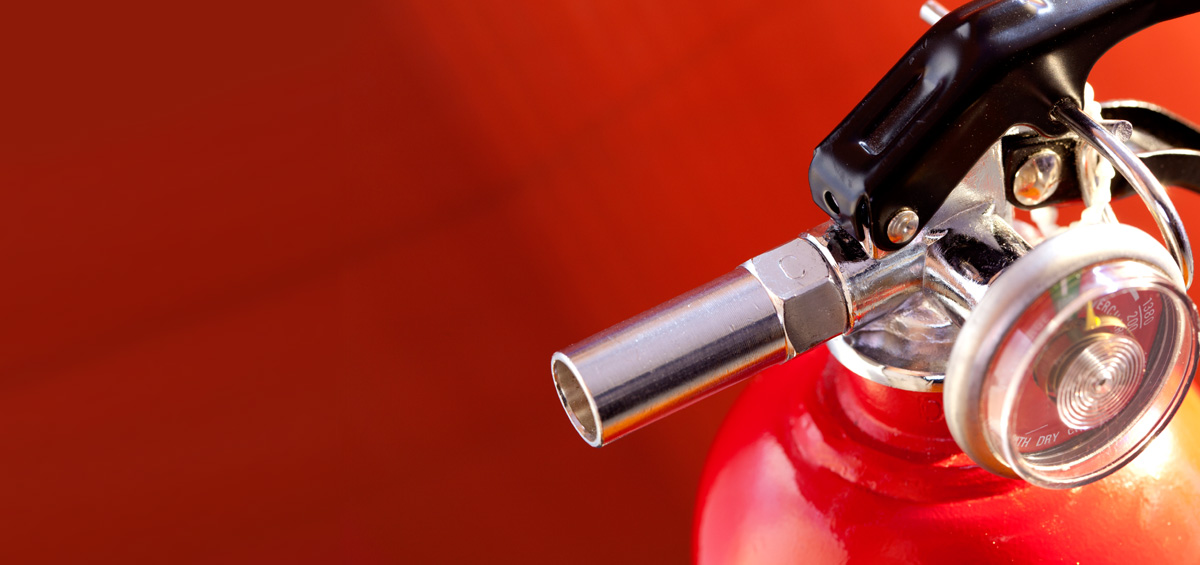Fires need three things to start – a source of ignition (heat) a source of fuel (something that can burn) and oxygen. The sources of ignition are as follows:
Heat – Cigarette butts, matches, naked flames and heaters.
Fuel – Waste (rubbish), paper, plastic, wood and loose packaging materials etc
Oxygen – The air around us.
Office fires happen more than you think, but in general, offices are considered to be a moderate fire risk and the fires usually occur as a result of someone’s carelessness. The littlest things can start fires; cigarette butts carelessly discarded by rubbish, faulty wires, and machines that have been left on for a long period and have overheated.
Most fires are preventable. No matter you role in the workplace, you can take responsibility for preventing fires by adopting the right behaviours and procedures. Switch off any appliances when they are finished with, and check the wires connecting your computer screen to the monitor regularly. If you smoke outside by the back door, be sure your cigarette is out before you dispose of it. These things can be effortlessly adopted into your daily routine and can make all the difference in fire prevention.
Another way to protect yourself and those around you is familiarising yourself with where the fire extinguishers are kept in your office/office building, how to identify them and how to use them.
There are six different classes of flammable materials:
Class A – Solids such as paper, plastic and wood
Class B – Flammable liquids such as petrol and oil
Class C – Flammable gases such as propane, methane and butane
Class D – Metals such as aluminium and titanium
Class E – Fires involving electrical apparatus
Class F – Cooking oil and fat.
Then there are also four main types of fire extinguishers:
Water is the most widely used fire extinguishers and are used for Class A fires. They are not suitable however for Class B fires or where electricity is involved. The colour code for water is red.
Foam is used for Classes A & B fires, but is not recommended for fires involving electricity. The colour code for foam is cream.
Dry Powder is used on classes A, B & C fires and is termed the “multi-purpose” extinguisher. The colour code for dry powder is blue.
CO2 is ideal for fires involving electrical apparatus. The colour code for CO2 is back.
When it comes to fire prevention, it’s better to be safe than sorry.





